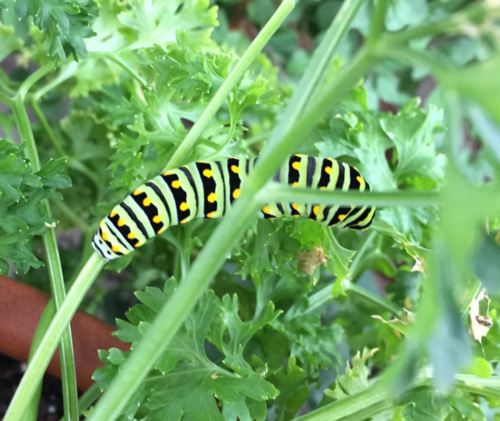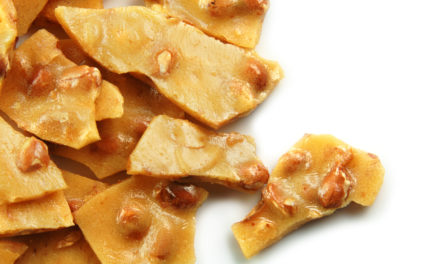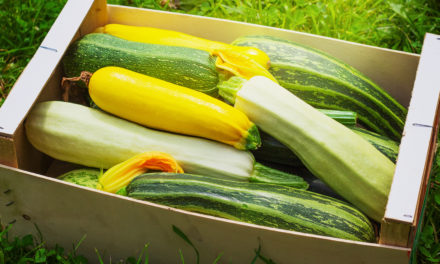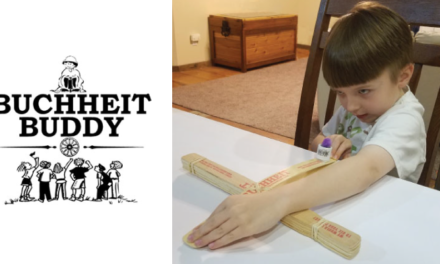March 14th is Learn About Butterflies Day is March 14th. I love butterflies! Just three dollars at Buchheit made all the difference last summer! I was researching butterflies and came upon an article on Swallowtail butterflies and how they only lay their eggs on a few host plants. The best one was the herb, parsley. I found a great Bonnie potted curled parsley (a herb I don’t grow at home as it takes 21 to 28 days to germinate) and decided to grow it just for the butterflies’ babies.

We have lost over one-third of the total population of Monarch butterflies. I didn’t know that many butterflies and other beneficial pollinators only lay their eggs on one or two host plants. While we can’t force bees, butterflies, skippers, and moths to live in our gardens, we can create a butterfly garden that will help attract them. Where to start?
Location. Since many of the vegetation will be eaten, they will look raggedy, and you may want to locate the butterfly garden in a back section of your property. Most plants that attract pollinators need at least eight hours of full sunlight daily.
Go organic! Many of the problems we see with the decline in pollinator populations are due to herbicides and overspray of farming chemicals. Many products if sprayed when the bees and butterflies are feeding can harm them. That’s why these gardens should not be for show. I see it as a working conservation site that will bring me great satisfaction from knowing I am helping save these underdogs!
Host plants. Did you know that Monarch butterflies only lay their eggs on the Milkweed plant? If you look closely, you can spy both the larva and pupa of the Monarch on this milkweed. Nothing else will do. Farmers see milkweed as a problem, so the Monarchs are having a harder time finding enough to support their larvae. Make sure to plant native milkweed instead of tropical milkweed as there are issues with the non-native type that can harm the butterfly. Plant host plants in clusters so that the butterflies will be more likely to utilize them.
Nectar or Food Plants. Now that you have the caterpillars thriving, how about a meal for the adult pollinators? Please try to plant flowers that will bloom not only in spring but also different flowers that will start blooming in summer and indeed some that will flower into the fall when there are fewer blooms and the Monarch are in migration.
Plant Orientation. Make sure that you clump them by species and color which will make the colors easier for the pollinators to see. Butterflies are attracted to purple, red, orange and yellow flowers. Make sure to include some plants with tubular flowers that will hold the nectar for the hummingbirds and moths.
Water sources. Butterflies need more than just great food sources, they need puddles. They like to drink from shallow pools for hydration and mineral nutrients. Shallow stones for sunning and shady shrubs to help with cooling and to act as a windbreak are helpful too.
What plants should you plant? In a recent planning meeting, I discussed what plants Buchheit would carry for our pollinator gardens and I was pleasantly surprised with the extensive inventory of great host and nectar plants that they carry this spring. Many are labeled indicating that they are a favorite of one of our area’s beneficial pollinators. Happy Gardening!
Anne May







Excellent Anne!!! Sharing with all my friends and garden growers!!